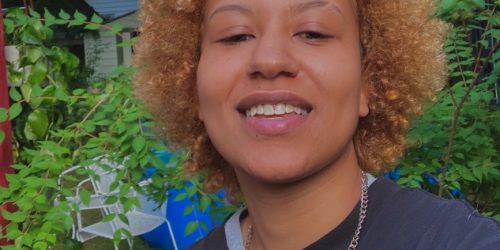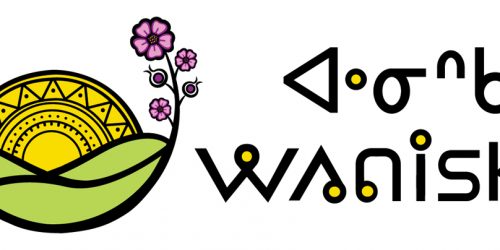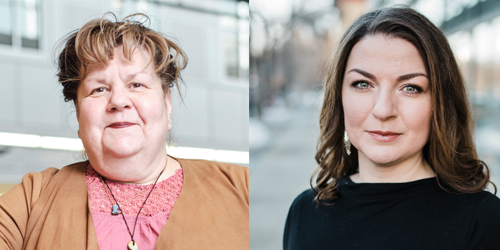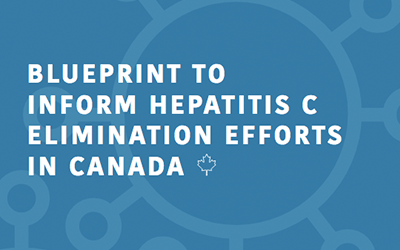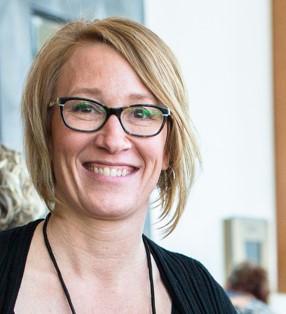Communities start to envision rollout of long-acting PrEP
May 12, 2022 • By Mik VattiataYou may have heard about The Future of PrEP is Now, a research project aimed at understanding the needs and preferences of Two-Spirit, gay, bisexual, trans and queer (2SGBTQ) men and non-binary folks in regards to long-acting HIV pre-exposure prophylaxis (PrEP) delivery. Despite the fact that oral PrEP is very effective at preventing HIV, it remains underprescribed to many equity-seeking communities.

